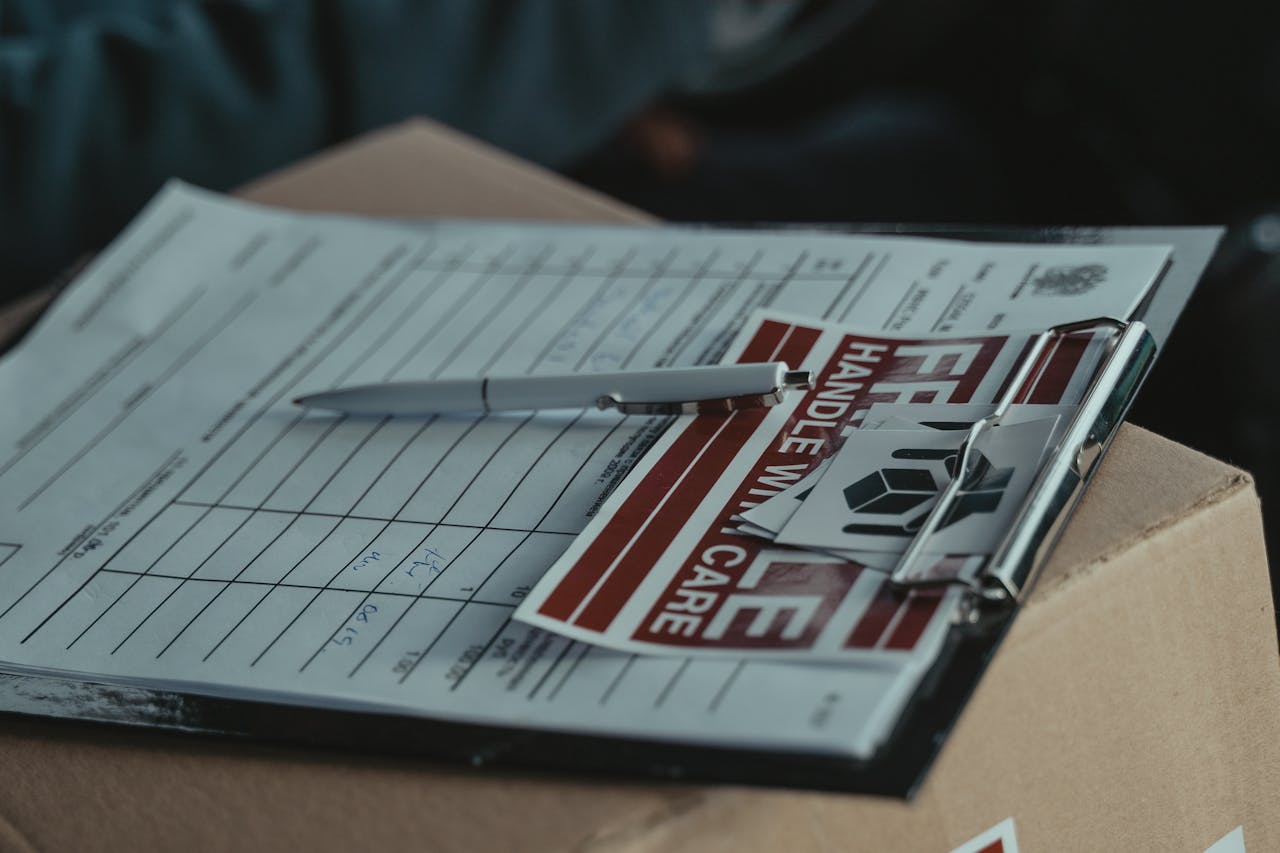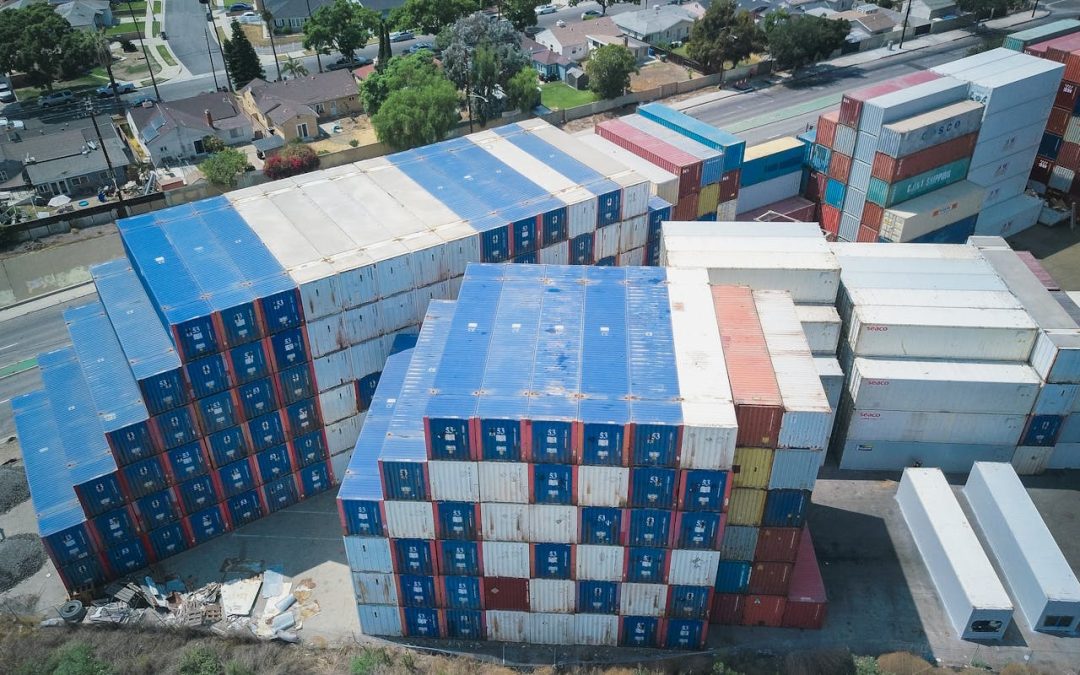When it comes to smooth shipping, the paperwork is just as important as the cargo itself. One of the essential documents that you need to move cargo both domestically and internationally is a consignment note. But what is it? What do you put in one, and why does it matter so much? At Millennium Cargo, we have the answers.
What is a Consignment Note?
The consignment note is a legal document that acts as proof of shipment between the sender (you) and the carrier. It details the cargo that you’re transporting and acts as a receipt and contract for the goods in transit.
A standard consignment note covers:
- Sender details – Your name, address, and other relevant contact information.
- Receiver details – Similar contact information for the party receiving the goods.
- Description of goods – Including type of cargo, quantity, weight, and any other important specification information.
- Special handling instructions – Considerations for high-value security, refrigeration needed, and other considerations.
- Pickup and delivery locations – The start and end destination of the shipment.
- Carrier details – Information regarding the transport providers handling the shipment.
- Tracking/reference number – A unique identifier used to monitor the cargo’s movement and progress through the system.

Why is a Consignment Note Important?
The consignment note performs several duties, including:
- Providing legal protection – At its most basic, the consignment note is the proof of the contract and agreement between you (as the shipper of goods) and the carrier. It outlines each party’s responsibilities and reduces the risk of disputes. Consignment notes are key documents for managing cases of damage, loss of cargo or costly shipment delays.
- Tracking – Modern shipping is extremely reliant on accurate tracking data. The consignment note helps carriers monitor a shipment as it travels. They, in turn, provide this information back to you in real-time, allowing you to see exactly where your goods are and who is responsible for them. Again, this tracking information is an essential component of any later claim or complaint.
- Customs regulations – When moving goods across borders, the consignment note forms part of the documents that ensure a smooth customs process. Note that internationally shipped goods require specific legal documents that expand on a basic consignment note to meet regulations.
- Smoothing the process and ensuring efficient delivery – The consignment note doesn’t just reduce errors and delays, it makes sure your goods are handled correctly and delivered as expected. Without one, goods can become ‘invisible’ to shipping systems and easily become lost.

Types of Consignment Notes
A standard consignment note is typically sufficient for use domestically, but when your cargo moves internationally, some different documents are used. These more formal legal documents fulfil the requirements of a consignment note but add additional legal weight through a larger framework that complies with all international transport regulations.
Working with a professional freight forwarder such as Millennium Cargo will ensure that all your consignment notes are properly detailed and the appropriate international legal versions will be applied where required.
These include:
CMR Consignment Note
Used for road transportation, the CMR Consignment Note is a legally binding document under the CMR Convention that is used whenever your road-based cargo crosses borders.
Standard consignment notes are used for domestic (UK national) transport.
CIM Consignment Note
Governed by the Convention Concerning International Carriage by Rail (COTIF) is the CIM Consignment Note. This functions similarly to the CMR for road use but covers international railway transportation.
Like road travel, domestic rail transportation is covered with the simpler basic consignment note.
Air Waybill (AWB)
When you are transporting cargo by air, you need an Air Waybill (AWB) to replace your basic consignment note. Required for both domestic and international air freight, the AWB is a standard document that serves as the contract of carriage and as a receipt for the goods being transported.
Bill of Lading (BOL)
A Bill of Lading (BOL) is essential for shipping goods by sea. In addition to all the functions of the consignment note, the BOL allows for the transfer of ownership of the goods while in transit, which is essential for smooth ocean freight. To understand more about the Bill of Lading, read our in-depth blog here.
Meeting Your Consignment Note Obligations with Millennium Cargo
When it comes to knowing what a consignment note is all about, turn to the professionals. At Millennium Cargo, we’ve been dealing with the complexities of international shipping paperwork for decades – and we’re here to help you get your goods moving around the world as smoothly as possible.
Transporting your goods efficiently across the globe requires a consignment note – it’s the fundamental document that turns your shipment from an unknown box or crate to a properly registered piece of legal cargo that has a purpose and destination.
Whether you are just moving things by road or rail across the UK or using multimodal shipping to get your goods to a country thousands of miles away, at Millennium Cargo, we have the expertise you need.
Contact us today to gain access to our advanced systems, comprehensive network, and personalised customer care.

